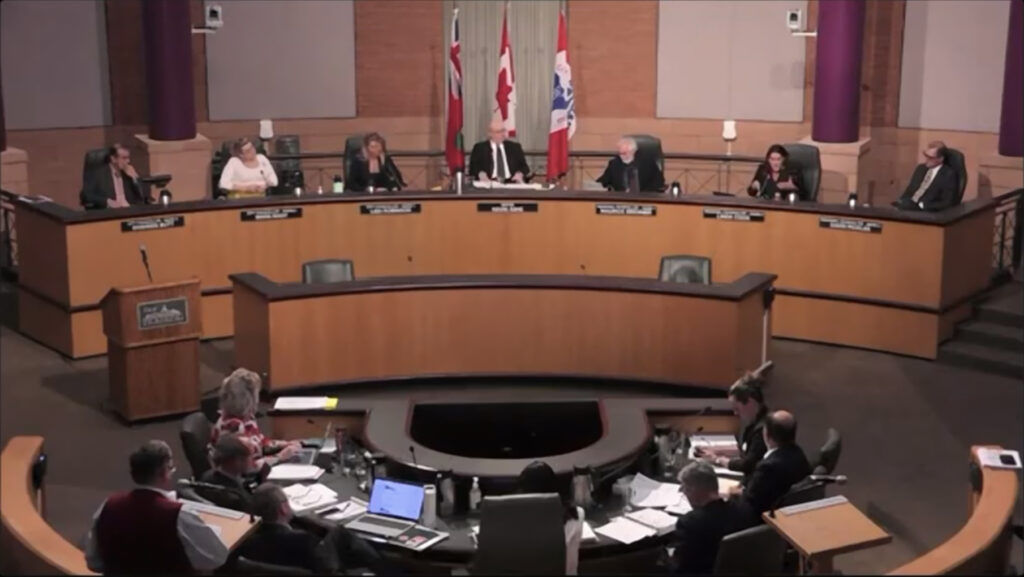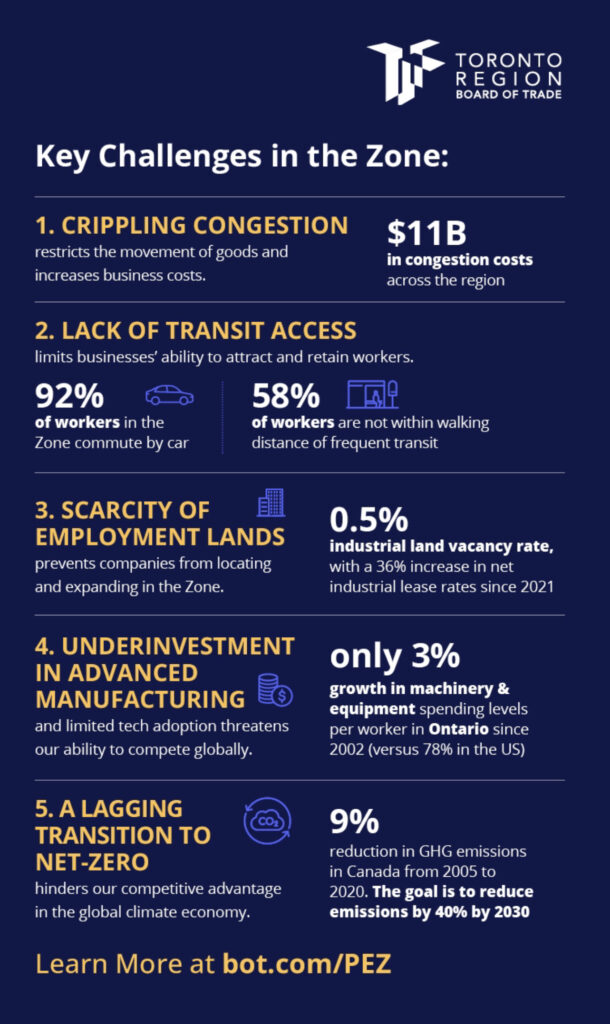It has become fashionable for “Headline Environmentalists” to believe that climate change can be fought with political decrees opposing growth. In Pickering, two new councilors’ put forward just such a motion, in this case opposing a new airport on federal land, using misleading information from a lobby group. Luckily for us and them, the majority of the Pickering Council including the mayor appear to know better. The motion, hastily tacked on to a February 27th meeting, then postponed to a March 8th meeting, has now been deferred to April 24th. In the name of balanced growth, achieving our net zero emissions goals and good governance, this motion needs to die completely. The current path of supporting a new airport in Pickering immediately is the correct one.

While appearing as a delegation to Pickering Council on February 27th, I worried that the new Councilors where unaware of the important role the new Pickering airport and its associated industrial land will fulfill. It is time for all our elected officials to realize that Pickering Airport’s time has come.
The airport is critical to Canada’s economy and in helping us achieve our net zero emissions goals for three reasons:
- Canadian international airports are not just for passengers but are the cornerstone of our advanced industrial economy. When measured by value, one third of all goods in Canada are delivered by air. All advanced services and products produced in Canada rely on components and services from other nations. In turn, those nations rely on fast efficient access to us. Successful businesses know, the closer you are to a major airport and population centers, the more competitive you are. One look at the businesses clustered around Pearson airport tells the story. Four hundred thousand jobs, $53 billion in economic activity.
- A Pickering industrial/utility airport and its new employment lands (with an estimated 30 million sq ft of floor space) are desperately needed in the Greater Toronto region. The Pearson Economic Zone (PEZ) now boasts the lowest industrial land vacancy in North America at 0.5% according to the Toronto Board of trade. Thanks to Federal government immigration policies, 300,000 new immigrants per year are expected in southern Ontario by 2025, many of whom will be looking for jobs and career opportunities.
- Aviation and the advanced industrial economy that rely on it are on an easy-to-see path to net zero emissions. With a combination of new Canadian refineries producing net zero carbon SAF (Sustainable Aviation Fuel) the new airport will be net zero. With space for new infrastructure, Pickering Airport will help reduce congestion at Pearson airport as well. This will assist in the achievement of regional net zero emission goals.
Businesses are prepared to invest in the development of the Pickering lands and an airport. For example, on February 27th, one of the other delegations was the CEO of Hitachi Canada. He drove out on a snowy night to advise Pickering Council that he and other investors stand ready to invest in the airport, its industrial lands and a High Frequency Rail system connected to the airport.

Regardless of whether it supports or opposes the new airport, Pickering will be spending money and resources on the airport issues. Spending time and money in a futile attempt to divert growth by delaying a federally mandated airport is counterproductive. It sends the message to investors in general that Pickering is not open for business. Working with the region and investors to properly coordinate airport development, including a high frequency rail stop in North Pickering, is a better use of the city’s resources.
The Pickering City Council must work with other levels of government to drive sustainable economic growth and achieve our emissions reduction goals. It can use its influence to encourage the new airport in Pickering, the fuel for its flights, and its surrounding employment zone to be carbon neutral.
Proclaiming that all growth must stop is not an answer. The answer lies in providing good governance, coordinating with industry and other levels of government.
Together Pickering Council can guide our economy towards a net zero emissions future.
Hi Mark
Given that the Pickering proposed airport will require environmental assessments, I suggest you are a little off base.
No?
what doesn’t need environmental assessments? how is that unique to an airport?
GTAA did an environmental assessment in 2004. Of the 32 documents in its original plan, it is expected that ongoing use /abuse of the land and updated standards will require an update to these. New Issues include farming practices/fertilizer use/spills, pollution from “ad Hoac” business use including from a industrial port-a-potty company, a pool company, and general illegal dumping of chemicals by others. The dumping of chemicals and junk due to the proximity to an urban centre are a concern given what I have observed from the air over the site during my years of daily training flights with students. I am expecting that the following documents will require updates :
Contaminated Sites and environmental Baseline including Terrestrial and Fish Habitat
Wastewater & Integrated Water
Archaeology Master plan (due to farming of sites and overall lack of attention to this issue)
Note: the Stage One Archaeological Assessment is done but there could be site damage due to the current use of the land that may require an update as well as an overall Archaeology Master Plan. See our previous post on this issue.
Strategies to Address Heritage Issues Planning and ongoing abuse of leased buildings and land also needs to be addressed. As some of the leases (such as Mary Delaney’s “estate”) are expected to be cancelled during development this may be the most contentious. Mary is the chairwoman of LOL.
All in all, great issues for LOL to use to raise money and get media attention.
All the more reason to get going on development now, starting with cancelling the leases to parties hostile to the public interest or who are not taking their responsibility to the publicly owned lands seriously.
Is there anything whose building cannot be blocked with the climate change excuse?
I mean one could have any reason in the world to oppose a project and if they claim “climate change”, suddenly they are immune from all rebuttals? How could any infrastructure project ever go forward in this country again?
In Holland, the gov is trying to restrict fertilizer use which it considers a big source of greenhouse gases. This is going to put many Dutch farms out of economic survival. The same is headed here. Fact is farms are a huge source of greenhouse gases. And their net emissions have to be counted in relation to what other uses could occupy their locations.
Councilors Nagy and Cook are wrong. Farms in the location of these lands actually contribute more to such gases than the reduction in emissions if an airport came instead. An airport here would immensely cut down on CO2 emissions now spent on trucks and passenger cars going from East GTA to Pearson. Fact is Nagy’s motion seems propped and backed by people who have a vested economic interest in keeping these lands as farm. They know that their NYMBY and economic arguments have been exposed and debunked so now they are resorting to the “climate change” angle as a last resort.